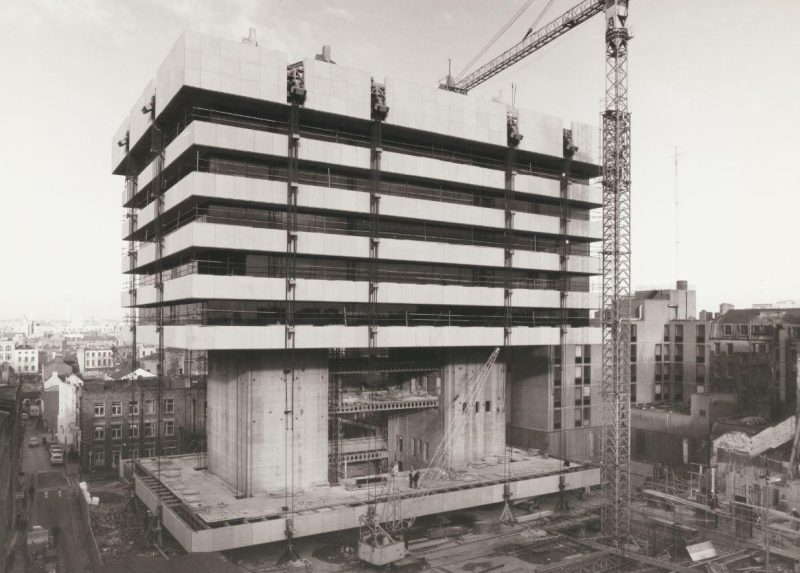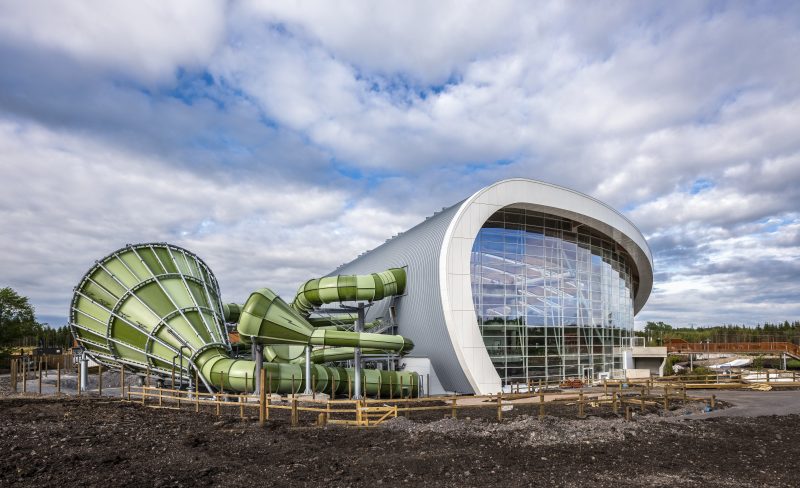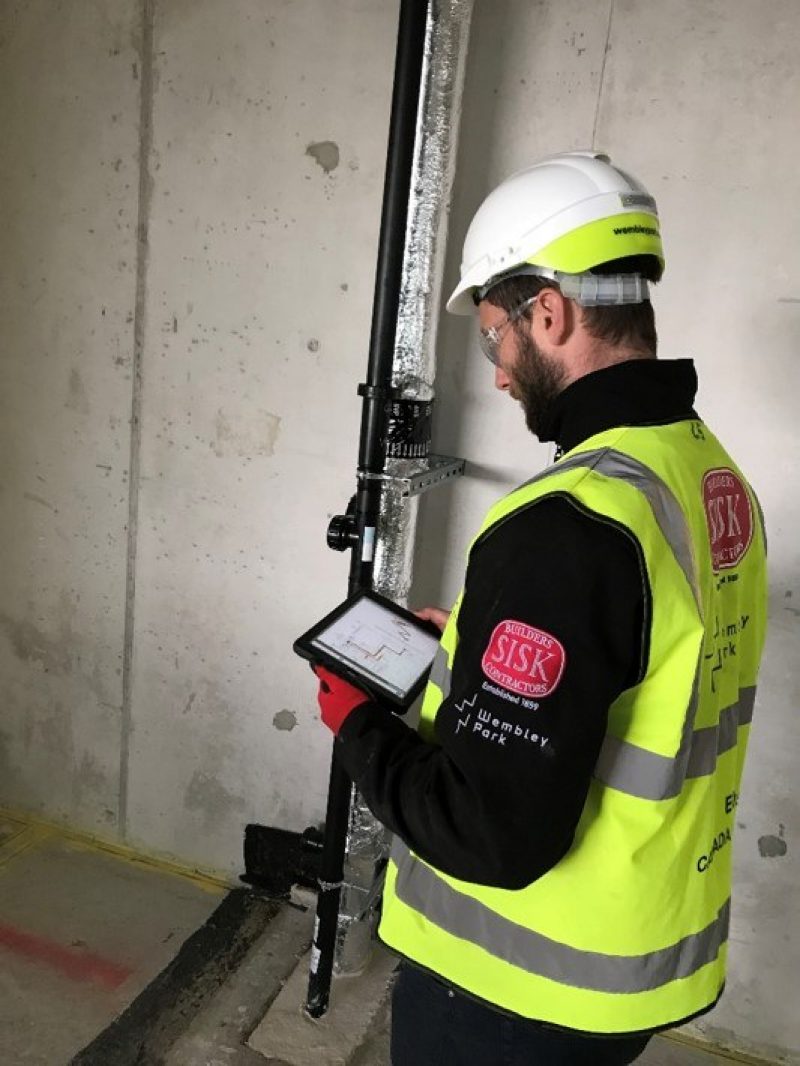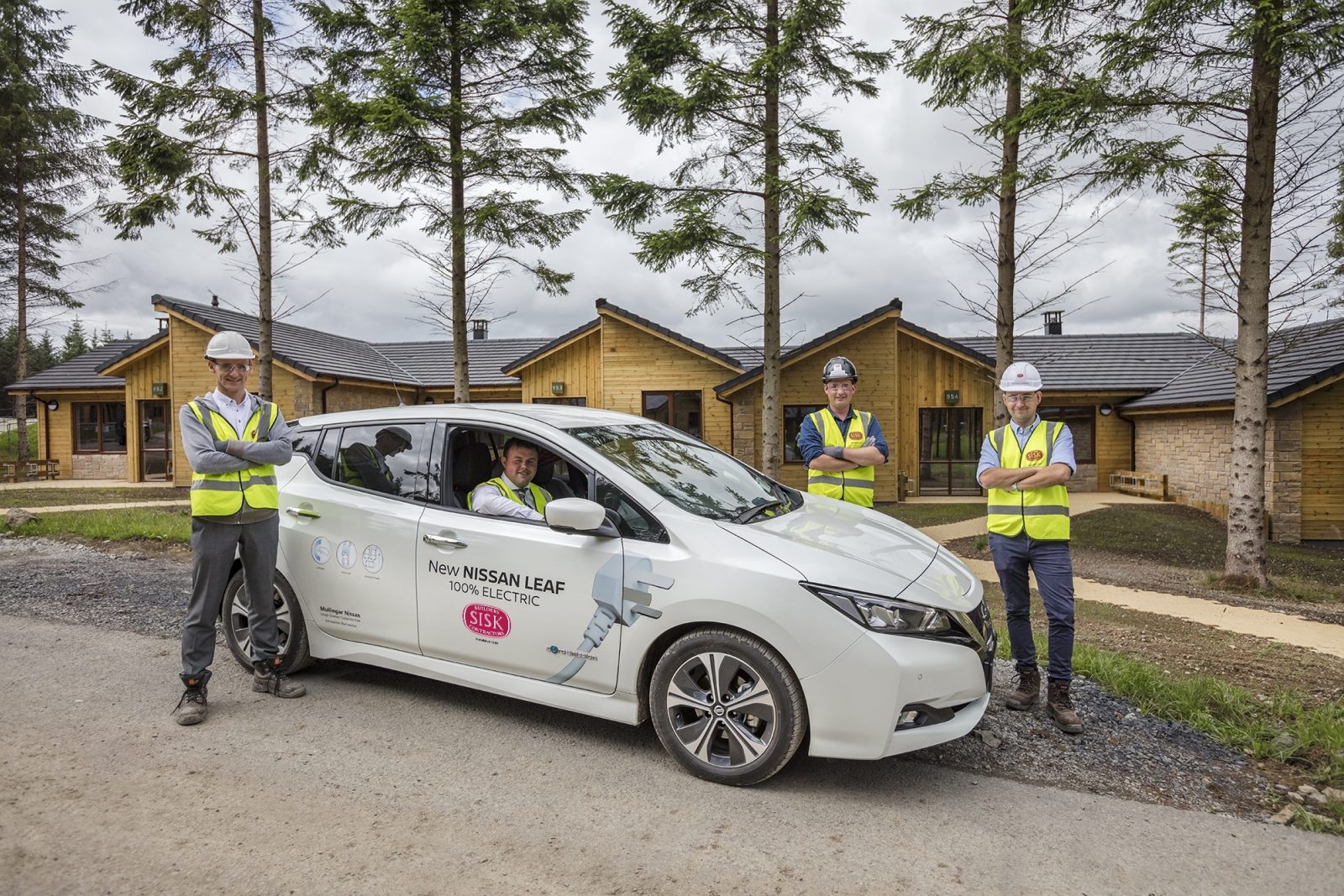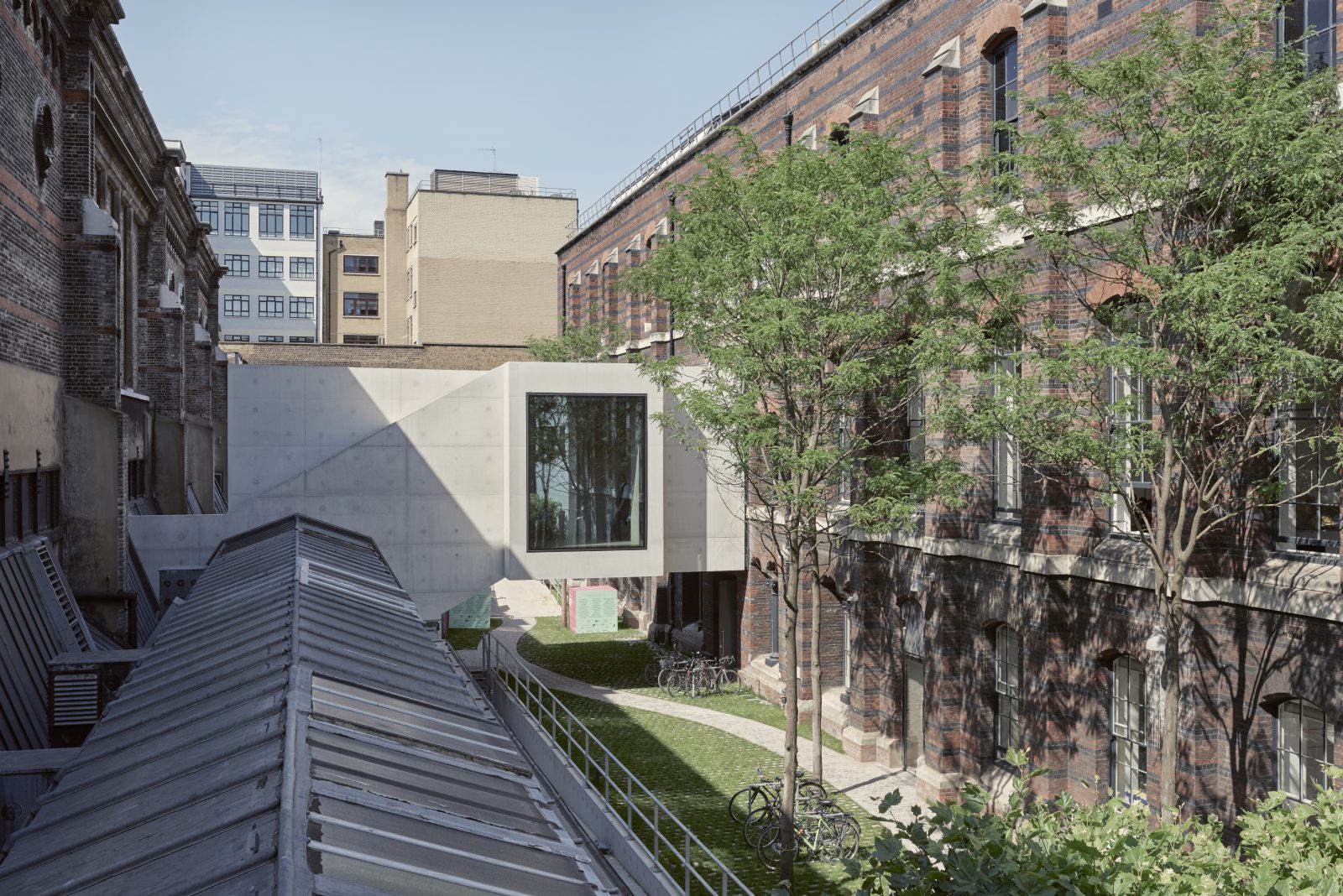John Sisk placed innovation at the very heart of his business when he founded it in 1859
Innovation is at the heart of our business
We continually commit to investing in training and exploring new technologies, fostering and encouraging the Sisk visionary mentality in all our people and continually challenging both ourselves, our supply chain partners and our stakeholders to be creative and innovative in everything we do.
Throughout our history, we’ve frequently delivered on this innovative approach, using new technology, materials and/or building techniques on countless projects for the ultimate benefit of our clients.
Innovation in practice at Center Parcs
Tracking live progress was critical to the team at Center Parcs. The two most innovative techniques we used at Center Parcs were Digital Project Delivery and Lean Construction.
Another major challenge the team had to overcome was managing resources and materials. These issues were overcome using Lean Construction. The three key techniques used were Work Sampling, Just-in-Time Delivery and Kitting.
Robotics enhancing productivity
Sisk has become the first contractor in Europe to introduce robotics to construction projects, investing €150k as part of its commitment to enhance productivity on its sites and minimise health and safety risks to its workforce.
The innovative robotic tool known as a Material Unit Lift Enhancer (“MULE”) was developed by the New York based company Construction Robotics.
Digital Smart Containers
Sisk has developed an innovative system of ‘Digital Smart Containers’ that are linked to a QR code. This enables our site teams to access project information, review quality checks and tasks for each flat, all in one unique place.
This system has proven to increase our efficiency by 35% in only four months. In the same period the overall production efficiency (e.g. QA checks, issues fixed by subcontractors, work approved) increased by 21.1% (with a target of 35% by Q4 2019). The Digital Smart Containers have also led to a reduction of paper printed in our office by 44%.
At Sisk, we are always looking at new, innovative ways to enhance productivity and make conditions safer for our workforce
Electric Vehicles
As a company, we are investing significantly in energy efficiency to improve the way we do business – EVs are just one of a number of initiatives we are rolling out as part of that commitment.
Sisk’s investment in EVs is part of a broader initiative by the company to significantly reduce its carbon footprint as it continues its endeavour to become a leader in energy management within the construction industry.
Royal Academy of Arts Link Bridge
The Royal Academy of Arts (RA) redevelopment project celebrated the 250th anniversary of the Academy as a place to make, exhibit and debate art.
The highlight of the project is the construction of a Link Bridge that for the first time connects Burlington House (BH) and 6 Burlington Gardens (BG).
With its predominant position, spanning across the Academy’s courtyard, the Link Bridge is one of the project’s most visible elements. Not only does it play a practical role allowing the free movement of visitors between both buildings, but it can be considered a work of art itself due to its aesthetic qualities.

